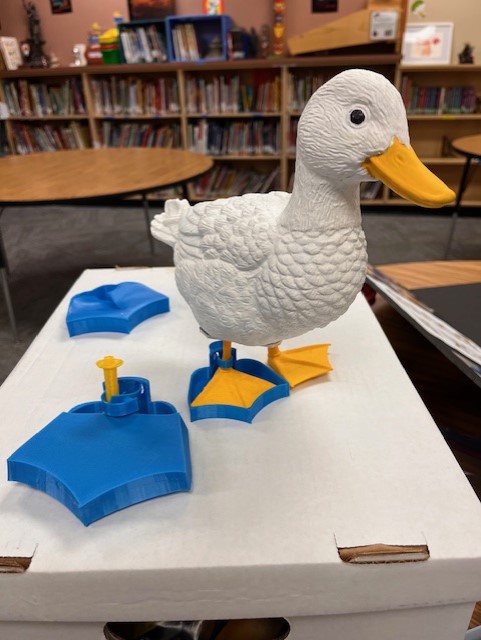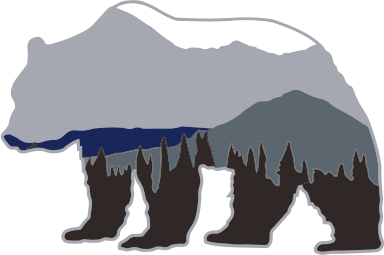FAMILY READ NIGHT NOV 15TH
PRE
BOOK FAIR
DEC 9-DEC 13
********IDAHO EXHIBITION OF IDEAS********
Saturday, February 24, 2024
Our 3-D printing team:
Maximus Grover
William Johnson
Victoria Miranda
Joaquin Steeves-Nunez
Eagon Etheridge
After much discussion about animals and how we could help them, our team decided to help ducks with Bumblefoot as our Veterinarian Science project.
We call our project Duck N Boots.

First, we looked into the actual average size of a duck's foot. 3 3/4" by 3" or 90mm by 70mm.

Then we talked to veterinaries and novice duck owners to see what changes could be made to help Bumblefoot heal quicker. Here are their suggestions:
easy to put on
reusable
waterproof
easy to walk in
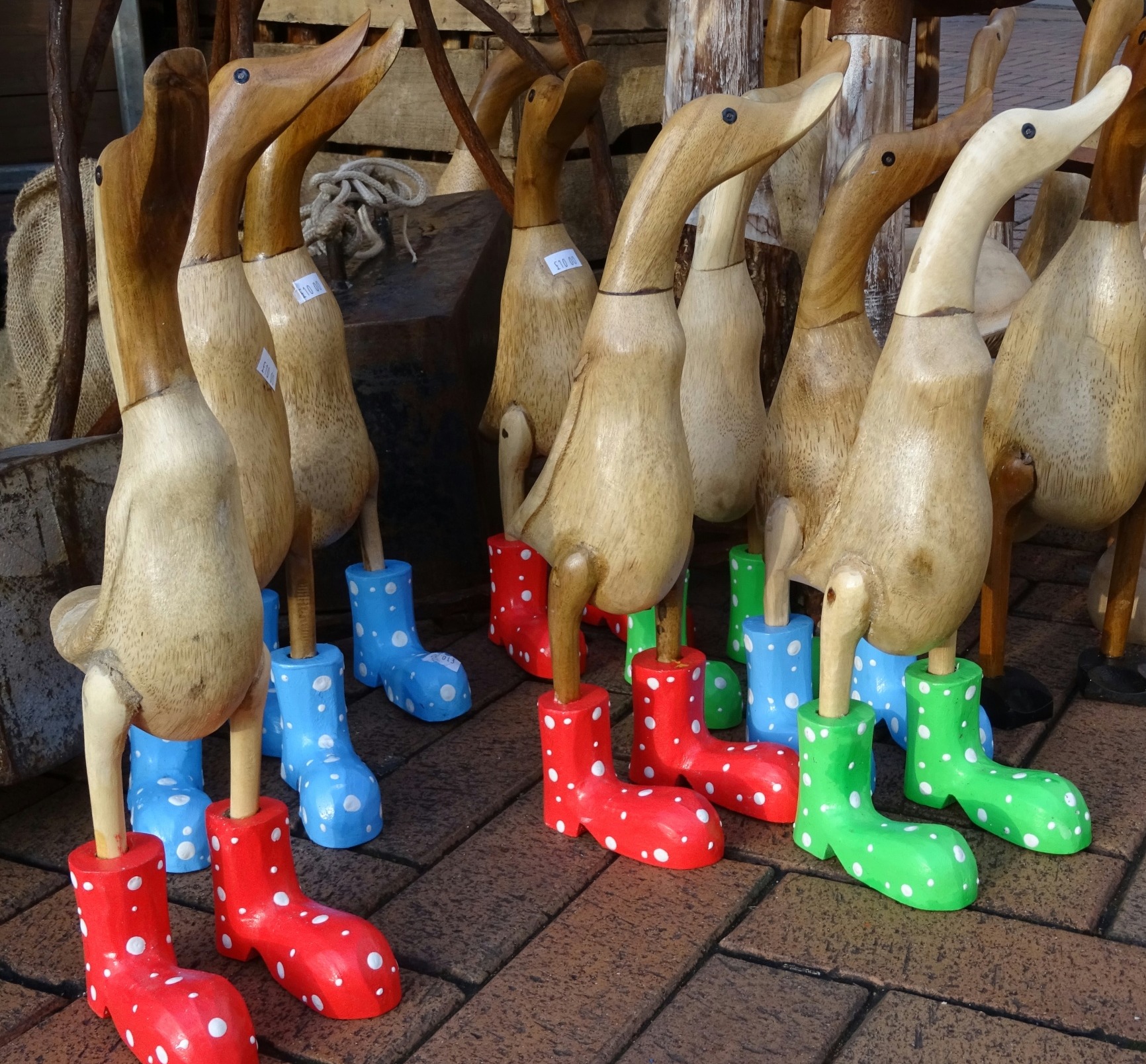
Next, we 3D printed a couple of realistic duck's feet from a file on Thingiverse by Humanamuh. Duck-foot for IKEA VESKEN by Humanamuh - Thingiverse We had to alter the file to enlarge the feet to correspond with the real size of a duck's foot and cut off the very bottom to make the feet sit flat on our 3D printing bed.
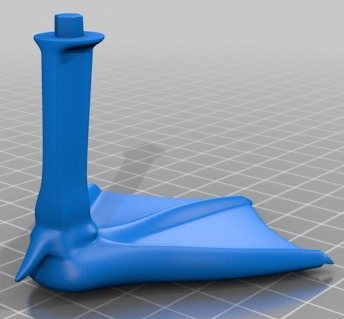
We designed several shapes for our boots. Rectangles, squares, triangle shapes, until we finally agreed that a true duck foot shape would work best.
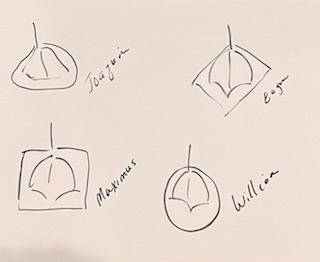

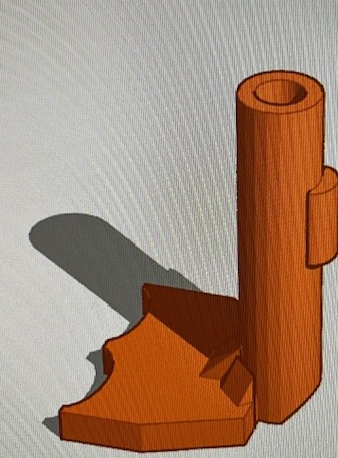
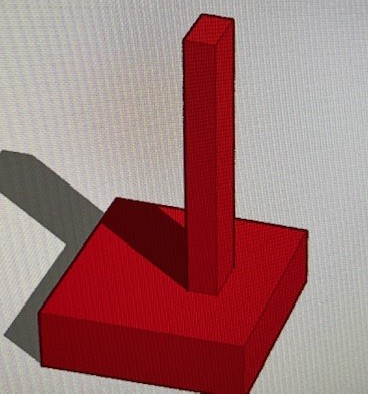

We liked the realistic shaped boot best. But we knew we couldn't create a hollow boot with 3D printing. So, we created a base for our Duck N Boot.

We decided we would need support for the duck's leg to help the duck move around with the Duck N Boot.
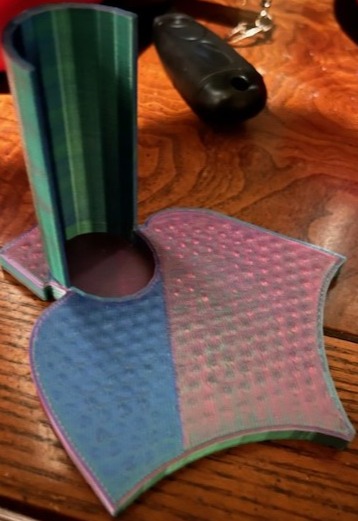
We created several designs and 3D printed many of them. But, we realized that regular PLA filament was heavy and could chafe the duck's delicate skin and feet. So we looked into different filament and found TPU flexible filament. Using flexible filament created challenges as it stretches as it prints and skips if the filament roll is too heavy. It also required a heavier density of print. But in the end, it allows the duck to move more freely and comfortably.
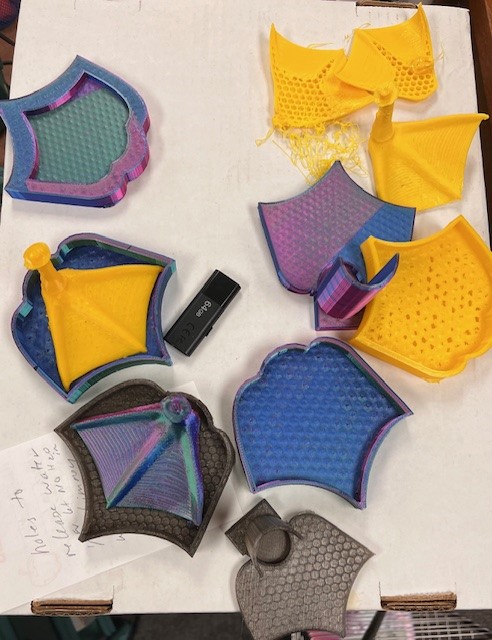
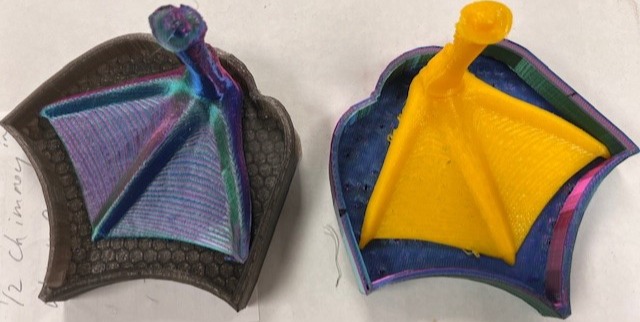
Next, we worked on the top of our boot, and how to attached it to the bottom. This also means figuring out how our Duck N Boot will be put onto the duck's foot.
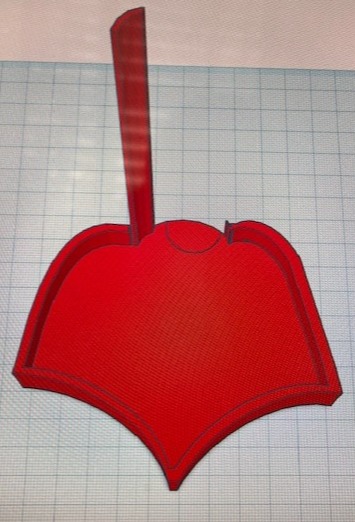
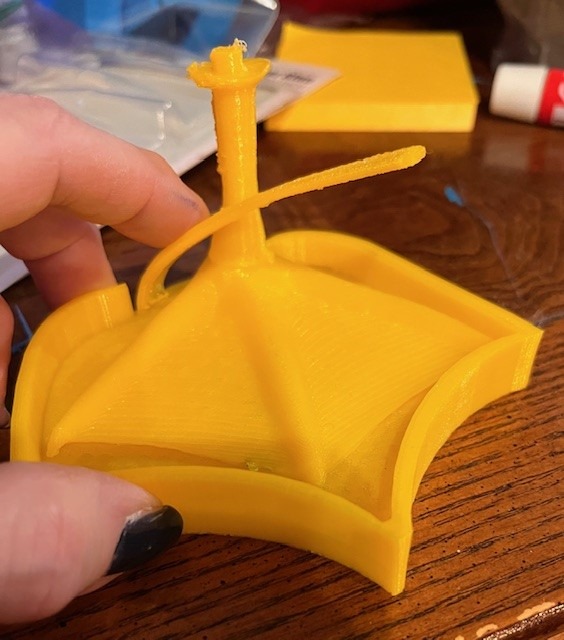

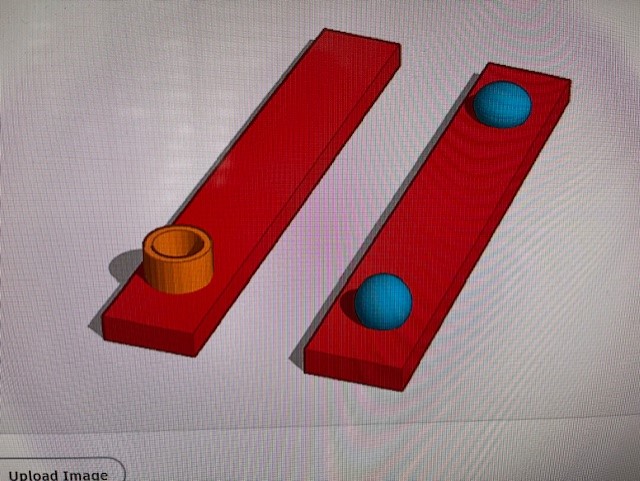

We tried straps with a knob or button closure. We tried a strap that goes around the leg of the duck. We tried gluing the top and bottom together with no luck.
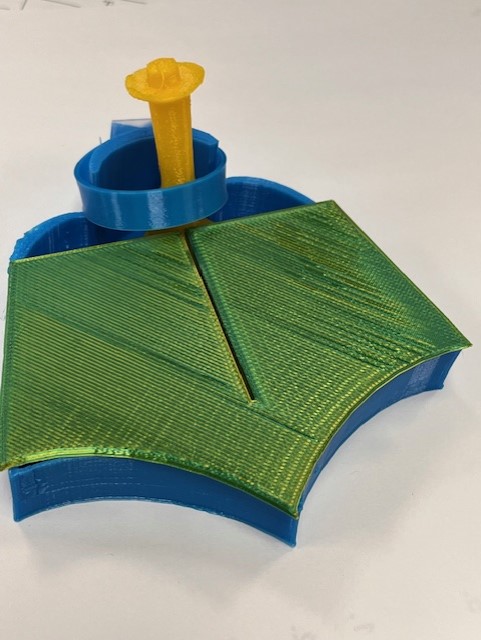
In the end, we choose a cap type design. Glued on if necessary. Unfortunately, the only glue that works with TPU filament is Loctite 406, a rubber specific glue. This glue is only available online. So for now our design holds together without glue. Glue would need to be added for a long lasting pro
